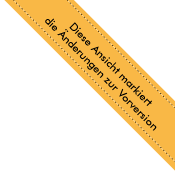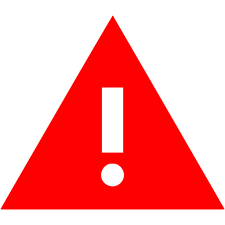Amyloidosis (Amyloid light-chain (AL)) (short version)
Compliance rules
1Summary
Amyloidoses are rare protein folding diseases in which proteins are deposited as insoluble fibrillar aggregates as a result of a conformational change. This can be systemic (site of production and deposition different) or localized (site of production and deposition identical). Nomenclature is based on the amyloidogenic protein, which has superseded the previous classification into primary and secondary amyoidosis. Systemic amyloidoses are potentially life-threatening complications of monoclonal gammopathies (light chains, AL amyloidoses), age-related diseases (transthyretin, nonmutated; ATTRwt), chronic inflammation (serum amyloid A, AA amyloidoses), or they run in families as part of a monogenetic disease (most commonly transthyretin, TTR amyloidoses). The causal treatment of AL amyloidosis is the reduction of amyloid-forming light chains by immunochemotherapy. Early diagnosis of the disease is essential. At this stage, patients quality for immuno-chemotherapy and can therefore still be treated effectively, thus avoiding further functional deterioration of the organs.
Patients should be presented to an amyloidosis center before initiating therapy, if possible. A list of centers can be found on the homepage of the German Society for Amyloid Diseases (http://www.amyloid.de/). There are also centers in Switzerland and Austria (Swiss Amyloidosis Network of the University Hospital Zurich https://www.usz.ch/krankheit/amyloidose/; Interdisciplinary Amyloidosis Center of the Medical University of Vienna).
2Therapy
The current treatment algorithm is depicted in Figure 1 and Figure 2.
For composition and dosages of therapy regimens, see Appendix Therapy Protocols. PNP: polyneuropathy; Dara: daratumumab; Cy: cyclophosphamide; D: Dexamethasone; Boron or V: bortezomib; M or MEL: melphalan.
The risk classification is presented from chapter 6.1.1.1 onwards (link to German version).
For composition and dosages of the therapy regimens, see Appendix Therapy Protocols. Dara: daratumumab; Cy: cyclophosphamide; Dex: dexamethasone; V: bortezomib; Beda: bendamustine; Mel: melphalan; Len: Lenalidomide; Pom: Pomalidomide
3[Kapitel nicht relevant]
4[Kapitel nicht relevant]
5[Kapitel nicht relevant]
6[Kapitel nicht relevant]
7[Kapitel nicht relevant]
8[Kapitel nicht relevant]
9[Kapitel nicht relevant]
10Active studies
11Systemic Therapy – Protocols
12Study results
13Certification Status
14Links
16Disclosures
Conflicts of interest can be found in the full German version of the guideline.
Download
Reference:
Quellenangabe:
Onkopedia-Leitlinien werden kontinuierlich an den Stand des Wissens angepasst. Die jeweils gültige Version, AGB und Nutzungsbedingungen finden Sie unter www.onkopedia.com.
Für die kommerzielle Nutzung wenden Sie sich bitte an onkopedia@dgho.de.
Onkopedia guidelines are continuously adapted to the state of knowledge. The currently valid version, terms of use and general terms and conditions can be found at onkopedia-guidelines.info.
For commercial use, please contact onkopedia@dgho.de.



